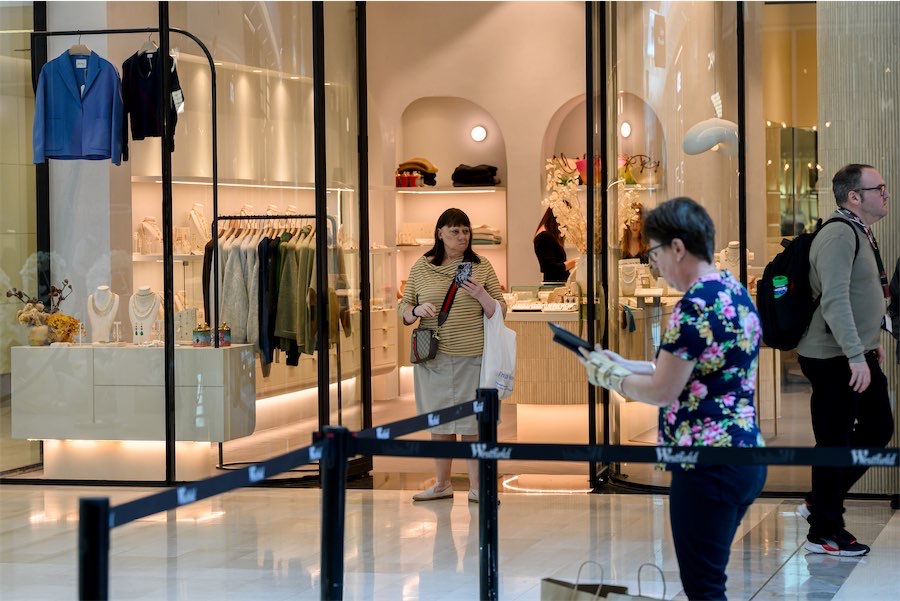
NATIONALLY, Canberra drivers are most likely to hit an animal while driving, and now, according to new data, it’s about to get worse.
The ACT tops the nation for dangerous collision hotspots for the fourth year in a row, and according to the latest data from insurer AAMI, animal collisions are expected to spike as winter sets in, with a 15 per cent jump between May and August.
This high-risk time follows a horror bushfire season which has taken an enormous toll on animal life and habitats, the study found.
Kristie Newton from the WIRES, NSW Wildlife Information, Rescue and Education Service, says the summer bushfires have wiped out an estimated one billion native animals, and the devastating loss of so much bushland has left many displaced and vulnerable.
“As we head into winter, we may see increased activity particularly from nocturnal wildlife as they cross roads in search of food and water, which we saw after the drought, increasing the likelihood of them being hit,” Ms Newton says.
So where should motorist be a little more cautious? Well, at the top of Canberra’s collision hotspots is central Canberra, followed by Kambah, then Belconnen, then Hume, and last on the list, Symonston.
When driving in these areas (and on any road!) AAMI suggests:
- If you notice roadkill, slow down and pay extra attention. It’s an indicator of wildlife in the area.
- If you spot a kangaroo crossing the road, it’s a sign that more roos will be following as they move in groups.
- If you see an animal on the road, slow down and brake, but avoid swerving so as not to endanger yourself and other drivers on the road. It’s far less dangerous to keep driving and damage your car than swerve to avoid it and collide with another vehicle or tree.
- If you’re involved in an animal collision, stop to check its welfare, but only if it is safe to do so. If the animal is alive and injured call WIRES or your local wildlife rescue service.
- If it’s a dead kangaroo, check if it is a female and if there’s a joey(s) in her pouch or around her. Pouches/flaps of wombats and echidnas should also be checked as well as the surrounding area, as young echidnas are often dislodged during a vehicle collision.
- Drive slowly and be extra vigilant when driving at dawn or dusk, as this is when animals are most active.
- Use your peripheral vision and be aware of your surroundings, especially when travelling through forest or grassland areas where animals are
AAMI’s data also found motorists are most likely to experience a major collision with a kangaroo (84 per cent), wallaby (5 per cent), wombat (2 per cent), deer (2 per cent) or bird (1 per cent).
And, the worst day of the week for animal crashes is Friday, followed by the weekend.
Who can be trusted?
In a world of spin and confusion, there’s never been a more important time to support independent journalism in Canberra.
If you trust our work online and want to enforce the power of independent voices, I invite you to make a small contribution.
Every dollar of support is invested back into our journalism to help keep citynews.com.au strong and free.
Thank you,
Ian Meikle, editor





Leave a Reply